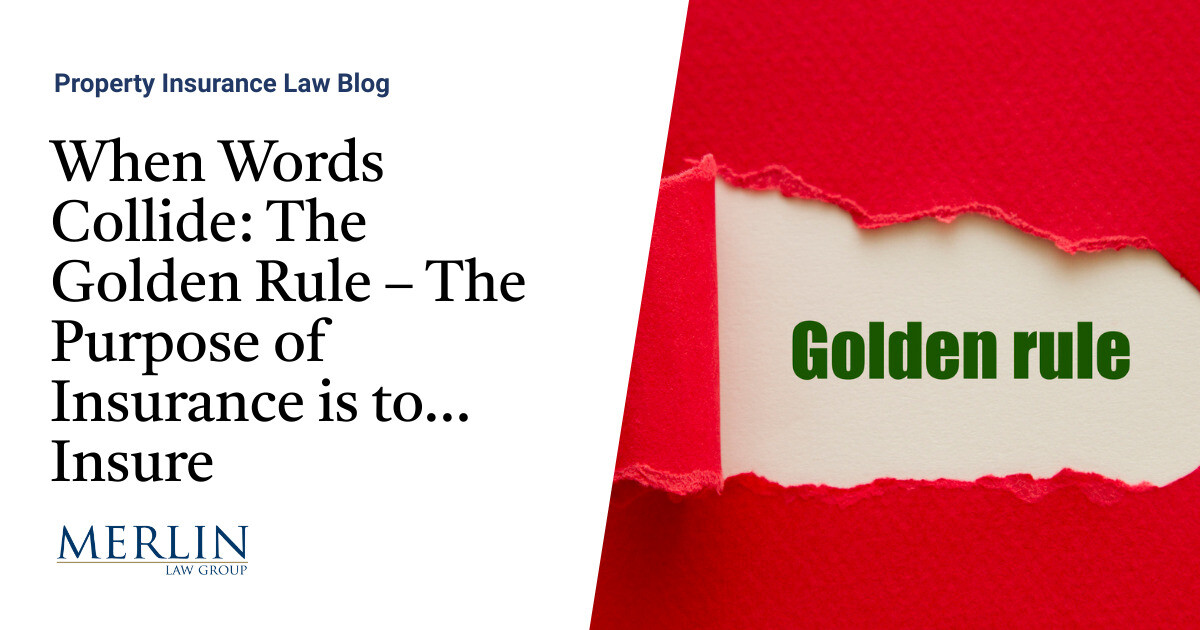Pacific Prime Can Be Fun For Anyone
Pacific Prime Can Be Fun For Anyone
Blog Article
A Biased View of Pacific Prime
Table of ContentsSome Ideas on Pacific Prime You Should KnowGetting The Pacific Prime To WorkUnknown Facts About Pacific PrimePacific Prime Can Be Fun For AnyoneThe smart Trick of Pacific Prime That Nobody is Talking About

This is due to the fact that the data were gathered for a duration of strong financial performance. Of the estimated 42 million people who were without insurance, almost about 420,000 (concerning 1 percent) were under 65 years of age, the age at which most Americans end up being qualified for Medicare; 32 million were grownups between ages 18 and 65, around 19 percent of all grownups in this age group; and 10 million were children under 18 years old, about 13.9 percent of all kids (Mills, 2000).
These estimates of the variety of persons without insurance are generated from the annual March Supplement to the Current Population Study (CPS), carried out by the Census Bureau. Unless otherwise noted, national price quotes of people without health insurance and proportions of the population with various type of insurance coverage are based on the CPS, one of the most commonly made use of resource of quotes of insurance coverage and uninsurance prices.
Unknown Facts About Pacific Prime

Still, the CPS is specifically beneficial due to the fact that it generates yearly quotes relatively quickly, reporting the previous year's insurance policy coverage estimates each September, and because it is the basis for a regular collection of price quotes for even more than two decades, permitting evaluation of trends in insurance coverage in time. For these reasons, in addition to the substantial use the CPS in various other researches of insurance protection that are presented in this report, we rely upon CPS price quotes, with constraints kept in mind.

The quote of the number of without insurance individuals broadens when a population's insurance condition is tracked for numerous years. Over a three-year duration beginning early in 1993, 72 million people, 29 percent of the U.S. https://young-nemophila-a7b.notion.site/Pacific-Prime-Your-Partner-for-Comprehensive-Insurance-Solutions-7ea95e6a0f4e46d6a51631c55774899a?pvs=25. population, lacked coverage for at the very least one month. Within a solitary year (1994 ), 53 million individuals experienced a minimum of a month without insurance coverage (Bennefield, 1998a)
Six out of every 10 uninsured adults are themselves used. Although working does boost the probability that and one's relative will have insurance, it is not an assurance. Also participants of families with 2 full-time wage income earners have practically a one-in-ten chance of being uninsured (9.1 percent uninsured price) (Hoffman and Pohl, 2000).
The 30-Second Trick For Pacific Prime
New immigrants make up a substantial proportion of people without medical insurance. One evaluation has associated a significant section of the current growth in the size of the united state uninsured population to immigrants who got here in the nation in between 1994 and 1998 (Camarota and Edwards, 2000). Current immigrants (those who came to the USA within the previous four years) do have a high price of being without insurance (46 percent), but they and their youngsters represent just 6 percent of those without insurance across the country (Holahan et al., 2001).
The partnership in between medical insurance and access to care is well developed, as recorded later in this phase. The relationship between health Look At This insurance coverage and health and wellness end results is neither direct neither easy, a substantial medical and health and wellness solutions research study literature web links health insurance policy coverage to enhanced accessibility to care, far better high quality, and enhanced individual and populace health condition.
Degrees of evaluation for taking a look at the results of uninsurance. This discussion of medical insurance coverage focuses mostly on the U.S. population under age 65 due to the fact that practically all Americans 65 and older have Medicare or various other public coverage. Additionally, it concentrates specifically on those without any wellness insurance coverage for any size of time.
Facts About Pacific Prime Revealed
The troubles faced by the underinsured are in some respects similar to those faced by the uninsured, although they are typically much less severe. Wellness insurance policy, however, is neither required neither adequate to acquire accessibility to medical services. The independent and direct effect of health and wellness insurance policy coverage on accessibility to health and wellness services is well established.
Others will acquire the health and wellness care they need also without medical insurance, by spending for it out of pocket or seeking it from companies who provide treatment totally free or at very subsidized prices. For still others, wellness insurance alone does not make certain invoice of care as a result of various other nonfinancial barriers, such as an absence of health and wellness care service providers in their neighborhood, restricted accessibility to transportation, illiteracy, or linguistic and cultural distinctions.
The 20-Second Trick For Pacific Prime
Formal research concerning without insurance populations in the USA dates to the late 1920s and very early 1930s when the Board on the Price of Healthcare generated a series of reports about funding doctor office visits and hospital stays. This problem came to be salient as the numbers of medically indigent climbed during the Great Clinical depression.
Report this page